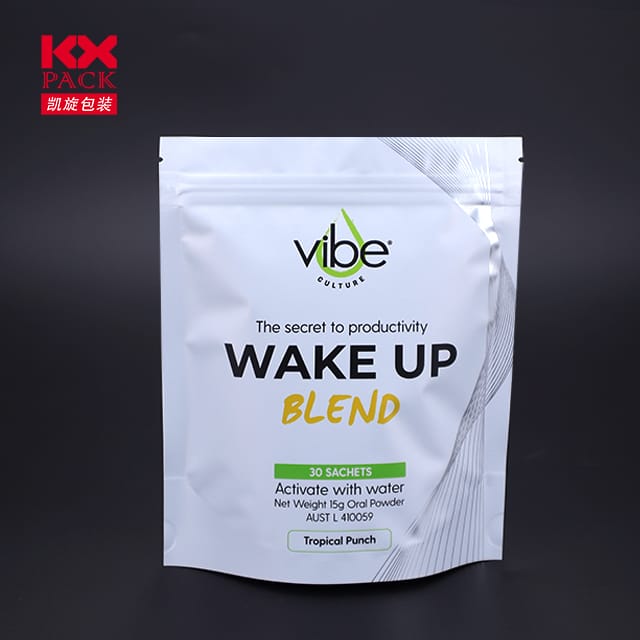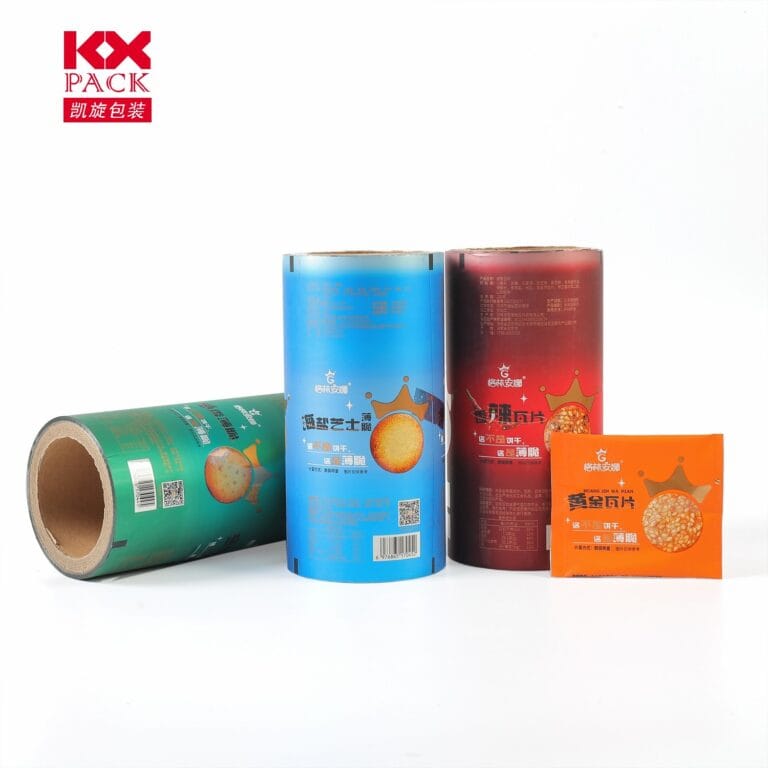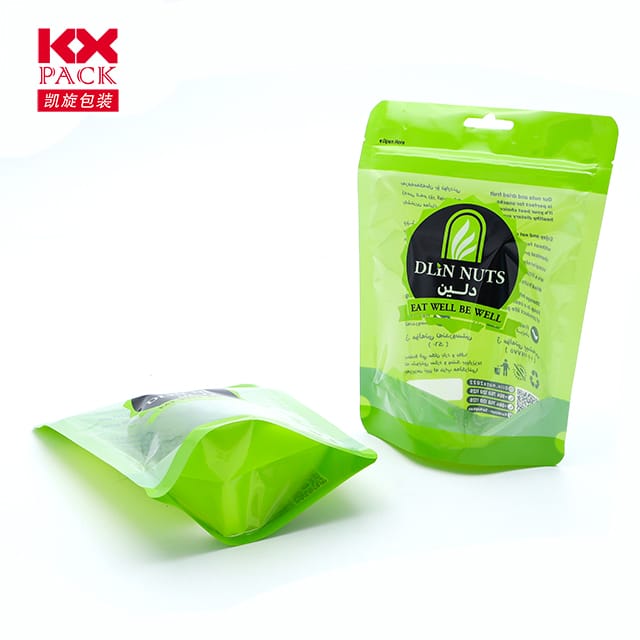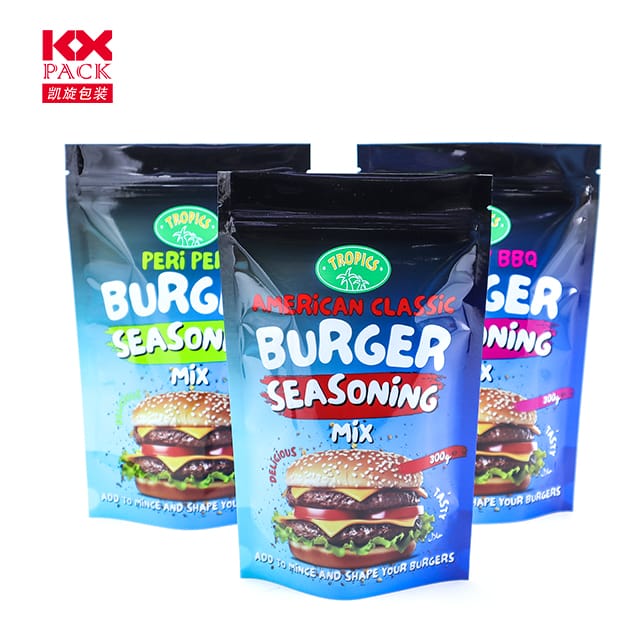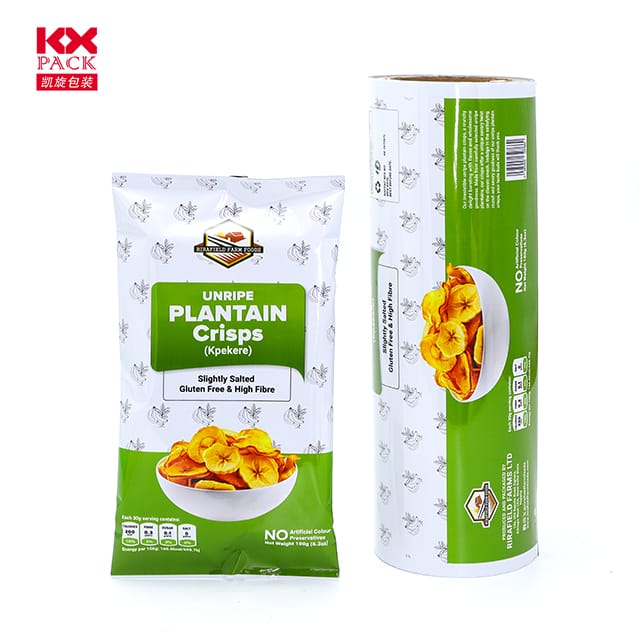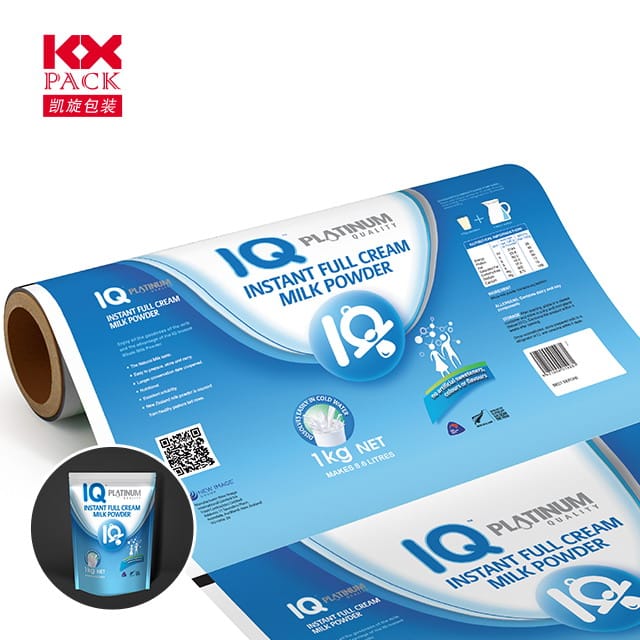The Ultimate Guide to Plastic Film Wrap: Uses, Edut, and Eco-Friendly Alternatives
Muovikalvon kääre
From wrapping leftovers to protecting packages during shipping, plastic film wrap (tunnetaan myös nimellä tarttuva elokuva, plastic wrap, tai Saran Wrap) is a kitchen and household staple. But with growing environmental concerns, many are questioning its impact and seeking sustainable alternatives. Let’s explore everything you need to know about plastic film wrap—its uses, drawbacks, and greener options.
What Is Plastic Film Wrap?
Plastic film wrap is a thin, transparent, and stretchable material made primarily frompolyeteeni (PE) taipolyvinylidene chloride (PVDC). Its clingy texture allows it to adhere tightly to surfaces, creating an airtight seal that preserves freshness and prevents leaks.
Common Types of Plastic Film Wrap
- Standard Cling Film: Ideal for food storage, sandwich wrapping, and covering bowls.
- Stretch Wrap: Used in shipping and logistics to secure pallets and large items.
- Freezer Wrap: Thicker and more durable for long-term food preservation in the freezer.
- PVC-Free Wrap: A safer, BPA-free option for those avoiding chemical exposure.
Top Uses of Plastic Film Wrap
1. Food Preservation
- Wrapping fruits, vihannekset, and meats to extend shelf life.
- Covering bowls and plates to prevent spills and keep food fresh.
- Marinating meats by sealing them tightly with spices and sauces.
2. Household & DIY Applications
- Protecting furniture during painting or renovations.
- Wrapping delicate items (ESIM., vases, elektroniikka) for storage or moving.
- Sealing drafts around windows and doors in winter.
3. Industrial & Commercial Uses
- Shipping and logistics: Securing pallets and preventing damage during transit.
- Rakentaminen: Covering materials to protect them from dust and moisture.
- Retail: Displaying products or bundling items together.
The Environmental Impact of Pastic Film Wrap
While convenient, plastic film wrap poses significant environmental challenges:
1. Non-Biodegradable
Most plastic wraps takehundreds of years to decompose, contributing to landfill waste and ocean pollution.
2. Single-Use Dominance
Many consumers use plastic wrap once and discard it, exacerbating plastic waste issues.
3. Microplastic Contamination
When degraded, plastic wrap breaks into tiny particles that harm marine life and enter the food chain.
4. Recycling Challenges
Due to its thinness and food contamination, plastic film wrap israrely accepted in curbside recycling programs.
Eco-Friendly Alternatives to Plastic Film Wrap
Fortunately, there are sustainable alternatives that are just as effective:
1. Beeswax Wraps
- Materiaali: Cotton fabric coated in beeswax, jojoba oil, and tree resin.
- Edut: Uudelleen käytettävä, biohajoava, and naturally antibacterial.
- Best For: Covering bowls, voileipien kääriminen, and storing cheese.
2. Silicone Food Covers
- Materiaali: Joustava, food-grade silicone.
- Edut: Uudelleen käytettävä, dishwasher-safe, and airtight.
- Best For: Covering leftovers, bowls, and cans.
3. Reusable Fabric Wraps
- Materiaali: Cotton or linen with a waterproof lining.
- Edut: Washable, customizable, and eco-friendly.
- Best For: Packing lunches or storing snacks.
4. Glass or Plastic Containers with Lids
- Edut: Durable, vuotamaton, and infinitely reusable.
- Best For: Meal prepping and long-term food storage.
5. Compostable Cling Film
- Materiaali: Plant-based materials like cornstarch or sugarcane.
- Edut: Breaks down in industrial composting facilities.
- Best For: Those who still prefer the convenience of plastic wrap but want a greener option.
How to Reduce Plastic Film Wrap Waste
Even if you’re not ready to switch entirely, these small changes can make a big difference:
- Reuse sheets of plastic wrap multiple times before discarding.
- Buy in bulk to minimize packaging waste.
- Choose brands that offer recyclable or compostable options.
- Recycle properly by checking local guidelines (some grocery stores accept plastic bags and wraps).
Final Thoughts: Is Plastic Film Wrap Worth It?
While plastic film wrap offers unmatched convenience, its environmental cost is undeniable. By opting forreusable alternatives like beeswax wraps, silicone covers, or glass containers, you can reduce waste without sacrificing functionality.
Ready to make the switch? Start by replacing one plastic wrap habit at a time and gradually transition to a more sustainable kitchen.
What’s your favorite eco-friendly alternative to plastic film wrap? Share your tips in the comments below! 🌍✨

